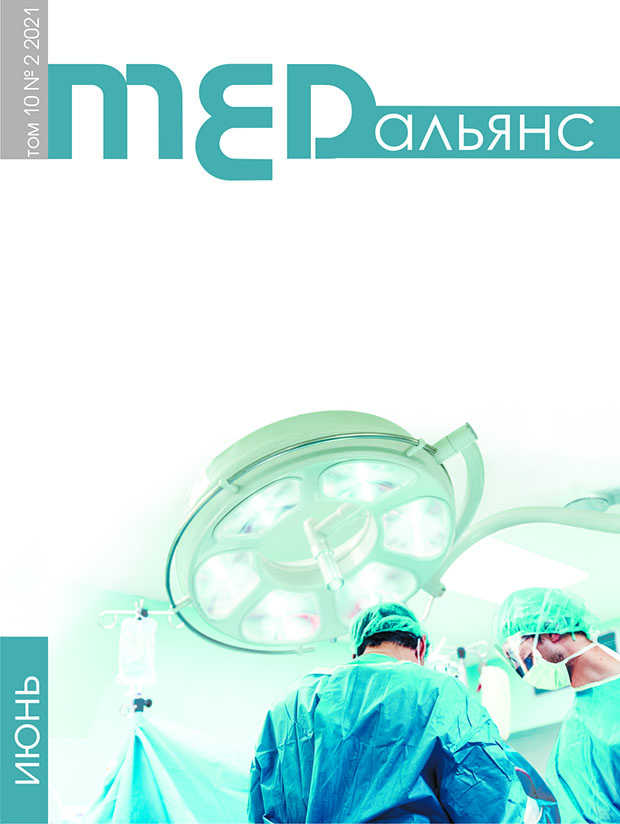Abstract
The authors analysed the factors impacting ventricular extrasystole (VE) incidence in young people with arterial hypertension (AH). Маterials and methods.
The results of 980 examinations of AH patients have been reviewed, 330 of them between 24 and 45 years of age (main arm), and 650 between 46 and 74 years of age. The study included review of ECG data, Holter ECG monitoring, body mass index (BMI), age, gender, standard blood biochemistry. VE was diagnosed on the basis of 24-hours’ Holter monitoring. The following exclusion criteria were applied, ejection fraction less than 50% based on echocardiography, oncology and mental patients. Results. The study of young AH patients demonstrated that VE and paroxysms in this group correlated
with potassium blood level (r=–0.38, р=0.04), glucose (r=–0.73, р=0.001), LFT (АSТ (r=0.70, р=0.03), АLТ (r=0.38, р=0.05), albumin (r=0.40, р=0.003)), аnd testosterone blood serum level in males (r=0.83, р=0.009). In case of hypertension, VE paroxysms were more frequent in younger patients. In AH patients more advanced in age VE correlated with lipid metabolism. Analysis of behavorial cardiovascular risk factors showed that the number of VE correlated with body mass index if the latter exceeded 25, i.е. in overweight or obese patients. A model was designed to forecast VE paroxysms. Age and QT/QTc ration were considered the most informative. The forecast was 77,4% accurate in the learning sample, and 77,4% in the control one. Conclusion. The
discriminative model developed may be recommended to examine young AH patients in order to single out groups of patients with VE paroxysms’ risks prior to Holter monitoring.

